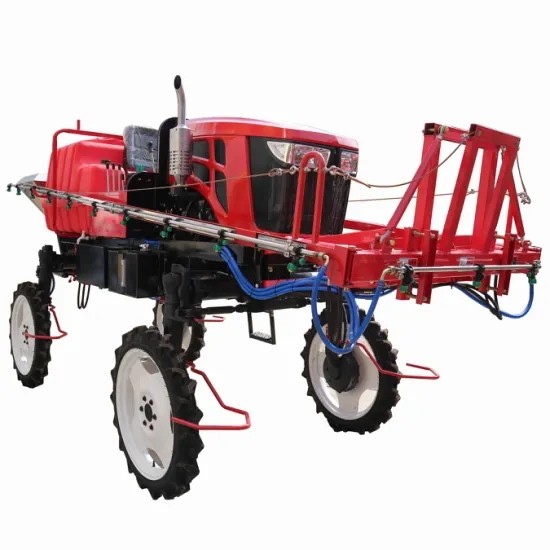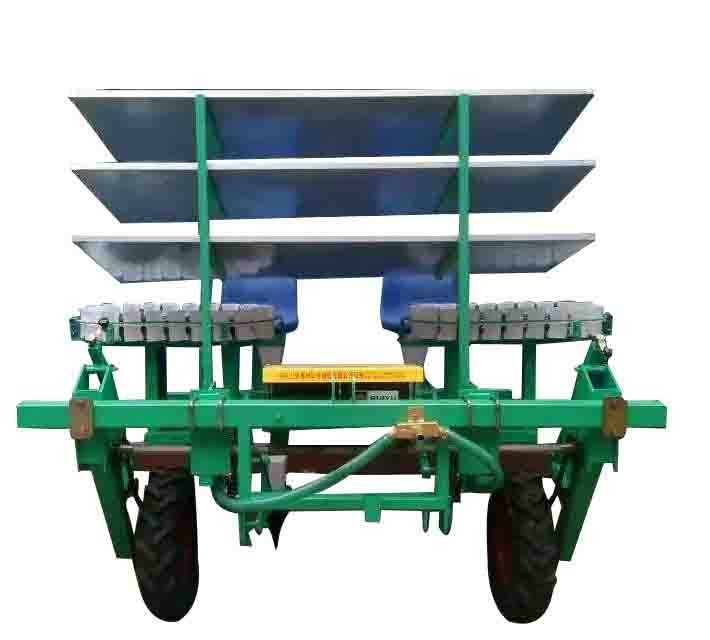
How to solve the entrainment loss and leakage of wheat harvester? Throttle and feed control are key
Release time:2023-05-23 Click:482
The annual wheat harvest is about to begin again. In the annual wheat harvest operation, entrainment loss and grain leakage loss are frequent and common failures. How to use harvester more efficiently in the harvest operation to effectively avoid entrainment loss and grain leakage loss? Below, we will analyze the causes of entrainment loss and grain leakage.
The so-called entrainment loss generally refers to the loss caused by the entrainment of wheat grains in the grass of wheat harvester. The so-called leakage of grain loss, generally refers to the wheat harvester sealing parts seal bad, seal failure caused by food leakage loss.
Let's first look at the causes of entrainment loss:
First, the maximum throttle is not used in wheat harvesting operation, and the engine speed does not reach the rated speed; Second, the transmission belt is loose, not timely tensioned, resulting in the transmission of lost rotation; Third, wheat is too wet, moisture content is high; Four is feeding quantity is too large, overload operation; Fifth, the feeding is not uniform, the feeding amount is large and small; Fifth, the gap adjustment between the left and right sides of the movable concave plate is inconsistent, one side is large and the other is small; Sixth, the axial flow drum diameter is small; Seven, the concave plate welding in the threshing chamber is out of tolerance; Eight is the gap between the movable concave plate and the drum is too large; Nine is the wheat harvester feeding uneven, resulting in feeding more and less.
According to the above reasons for entrainment loss, we can adopt the following methods to solve the problem:
One is the wheat harvester operation, must use large throttle work, it is strictly prohibited to use small throttle work, the engine speed to reach the rated speed of 2200 RPM, the transverse axial flow wheat harvester drum speed is generally in 1100 RPM, such as the engine speed is insufficient, the entrainment loss phenomenon is easy to occur in the harvesting operation. Second, the tightness of the transmission belt and chain should be checked frequently, and it is found that the transmission belt and chain are loose. It should be tightened in a timely manner according to the requirements of the manual. Third, when the wheat is wet, the wheat should be a little dry after harvesting operations, such as the morning harvest to wait until the dew on the wheat moisture dry after harvesting; When the wheat is reaped at night, when the dew and moisture come up, it is no longer reaped; Wait until the rain dries on the wheat before you harvest it.
Four is the harvest operation feeding amount should be moderate, can be full load operation, but can not overload operation, when the feeding amount is too large, overload operation, too late for complete threshing, it will cause entrain loss exceed the standard. Five is the presence of movable concave plate on the left and right sides of the clearance adjustment is inconsistent, one side is large and one side is small, need to pull out the cleaning screen, into the cleaning room, adjust the two fixing bolts on the movable concave plate, so that the left and right sides of the clearance is consistent. Six is to replace qualified axial flow drum assembly. Seven is to replace the concave plate and weld it again. Eight is to adjust the gap between the movable concave plate and the drum within 10 mm. Nine is when the wheat harvester feed uneven, to carry out the corresponding inspection and adjustment, first check and adjust the telescopic teeth and cutting table before the lower gap of about 8 mm is appropriate; Secondly, it is appropriate to check and adjust the gap between the feeding auger and the bottom shell of the cutting platform for 10-15 mm, and the left and right sides of the gap to be consistent; Once again, it is appropriate to check and adjust the tightness of the bridge chain rake. When adjusting, the rake rod in the middle of the chain rake does not scrape the bottom of the bridge housing.
Next, let's look at the causes of food leakage losses:
First, the cleaning room of wheat harvester is badly sealed, resulting in the leakage of grain; Second, the wheat harvester threshing room seal is not good, resulting in leakage of grain; Third, wheat harvester cutting platform system seal is poor, resulting in leakage of grain; Fourth, the poor sealing of food transportation or storage system, resulting in food leakage.
One is to check whether the sealing plate of the wheat harvester is worn or out of tolerance, wear or out of tolerance, replace the sealing plate; Two is to check whether the rubber plate of the wheat harvester is worn or out of tolerance, wear or out of tolerance, replace the rubber plate; Three is to check the wheat harvester cutting platform, food lifting system, food storage system, according to the actual situation to solve the sealing problem, such as the use of sealant or other soft materials for plugging leakage prevention and so on.

Hot products

3wpz-700s Agricultural Self Propelled Boom Sprayer with High Clearance for Insecticide and Fertilization

Crawler tractor

Self Propelled Boom Sprayer

Vegetable tomato Transplanter
Tel:+86-15095208459
E-mail:yanyuqiang1216@163.com
